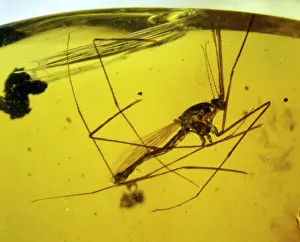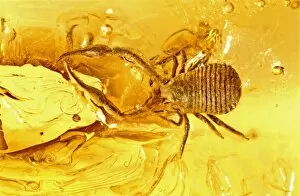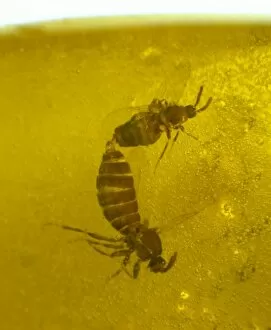Andrew Ross Collection
"Unveiling the Ancient World: Andrew Ross and the Mysteries Encased in Amber" Step into a world frozen in time
All Professionally Made to Order for Quick Shipping
"Unveiling the Ancient World: Andrew Ross and the Mysteries Encased in Amber" Step into a world frozen in time, as Andrew Ross unravels the secrets hidden within precious amber. Like a mosquito trapped in Dominican amber, these ancient specimens offer glimpses into long-lost ecosystems. Transporting us back to 1860, Warren de la Rue's captivating photograph captures a total solar eclipse at Rivabellosa, Spain. Through his lens, we witness an ethereal dance between light and darkness that has fascinated humanity for centuries. But it is within Baltic amber that we find nature's tiny wonders preserved. Pseudoscorpions delicately suspended in golden resin showcase their intricate forms - a testament to the diversity of life that once thrived on Earth. In East African copal, another window opens to prehistoric times. Its translucent beauty holds remnants of forgotten creatures and whispers of ancient landscapes now lost to time. A scorpion tail encased in Burmese amber offers clues about its formidable ancestors who roamed our planet millions of years ago. This fossilized treasure reminds us of the resilience and adaptability found throughout evolution's tapestry. Even mites leave their mark on history when captured forever within amber's embrace. These minuscule beings tell tales of symbiotic relationships and microscopic dramas unfolding beneath our feet. Yet not all ambers hold genuine treasures; some are mere imitations crafted by human hands. Fake ambers remind us to remain vigilant against deception while appreciating the true marvels hidden within authentic specimens. And let us not forget even insect droppings can become immortalized in Dominican amber. A reminder that every aspect of life has its place in this remarkable fossil record. With each discovery made by Andrew Ross, we delve deeper into Earth's past – unlocking mysteries thought lost forever. His dedication shines through as he unearths these delicate fragments from antiquity, allowing us to marvel at the wonders of our planet's history.











